Here’s Why A Ladder Chassis Is So Right For Off-Roaders
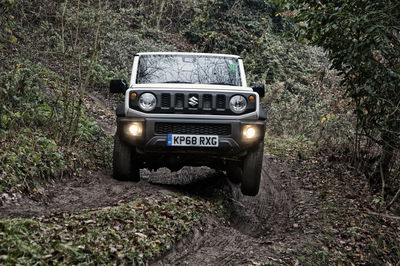
The humble ladder chassis could be mentioned in the same breath as live axles. Both feel as old as the hills compared to the latest and supposedly greatest equivalent technologies out there, and yet both continue to be used on certain types of vehicle. The brand new Suzuki Jimny uses both.
Car makers aren’t (often) stupid. Their marketing departments know that ‘new’ sells, whether it’s actually better or not, but in some cases the old ‘ain’t broke/don’t fix it’ adage rings true all the way up to the CEO’s penthouse office.
Most cars these days use a monocoque chassis, often called a unibody. The chassis of the car is the framework upon which the body panels sit, and within which the greasy bits attach. The A- and C-pillars are also integral parts of the chassis. It can be made from all sorts of metals and composites according to your budget. It’s lightweight, efficient and safer because designers can easily engineer-in effective crumple zones.
On the other hand, the stiffness that monocoques were originally lauded for doesn’t always translate to reality in off-roaders. Nor does their light weight or how easily they can be crumpled do much good for a serious mud-plugger’s ambitions. Light weight is good, but there are other things that matter more.
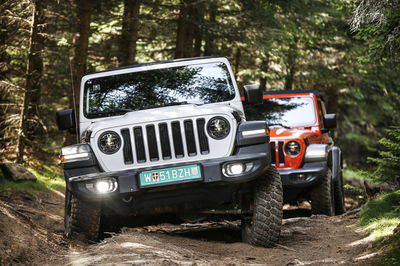
Ladder chassis are heavy, usually made from steel and are exceptionally strong. The steel mix is a great absorber of shocks, delivering a more forgiving ride over rocks and ruts. A ladder chassis is far easier to mend if you damage it, too, and that’s essential for long-serving workhorses.
One factor that can drive a serious off-road driver crazy is body twist. When you’ve got one or more wheels in the air the chassis tries to bend, taking the bodywork with it. On a properly-built ladder chassis, for example on the Land Rover Discovery 4, there’s near-zero flex even under full axle articulation with two wheels airborne. We’ve read and heard anecdotal evidence suggesting that some modern monocoques flex so much in those scenarios that owners sometimes can’t even open and/or shut the doors to check the ground beneath their tilted car.
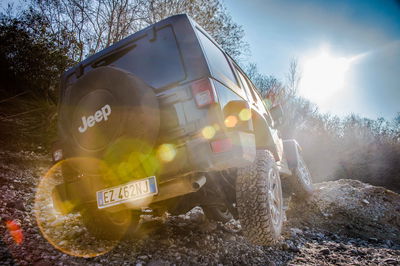
Using a ladder chassis has further advantages for longevity. Since the body is simply bolted to the ladder along with everything else, parts and even whole sections can be replaced relatively easily. Accidentally dropped a small wrecking ball on your Jeep Wrangler? New parts will have it back to normal in no time. Broken chassis? Weld that sucker up (properly) and carry on. You can even swap the entire body if you want to without affecting the principal function of the car.
Simplicity is on ladder chassis’ side. It makes them cheaper to design and mass-produce. That’s handy if, like Suzuki, you want to keep the price low, or if, like Land Rover, you want to spend the money on quality suspension and robust mechanicals instead.
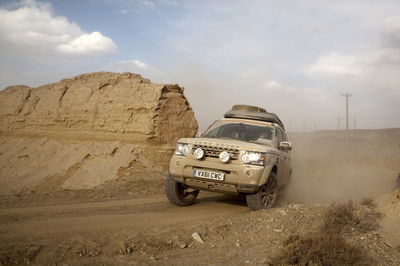
Chassis type is all about horses for courses. Road cars are undoubtedly better off using a monocoque for its light weight, better handling properties and improved packaging options. For vehicles where height isn’t an issue, where robustness and repairability are paramount and where simplicity is an advantage that might be the difference between getting you home and leaving you stranded in bear country with no mobile signal, there’s simply nothing better than a ladder chassis.
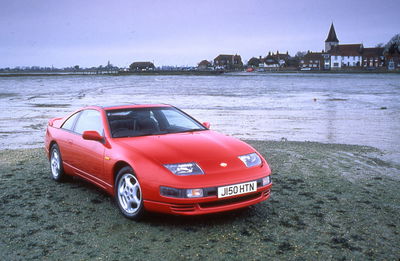
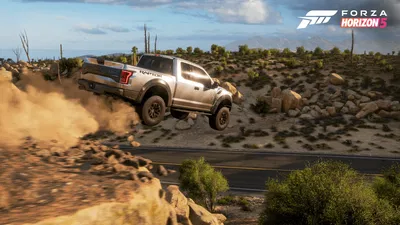












Comments
Oh my god! ITS A MODERN LAND ROVER GOING OFF ROAD
This would already be enough explaining
I don’t want to disappoint y’all, but the new Land Rover Defender isn’t going to have a ladder chassis
inhale NOOOOOOOOOOOOOOOOOOOOOOO—- well why would it, because that would mean everything is right with the world.
Yup, as a diehard land rover fan. I’m a Jeep guy now.
Loving the steady technical comparison articles. Keep up the good work CTeam
[DELETED]
The ladder chassis is something that wont be outdated in my opinion….
Twisting chassis is awesome off road. I love the feeling of it